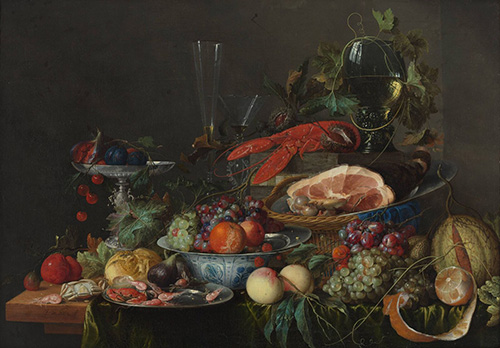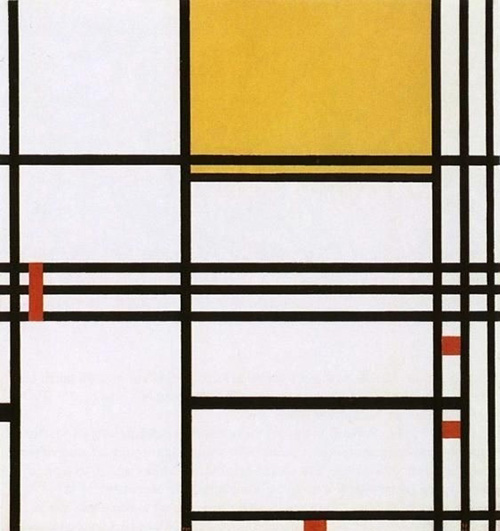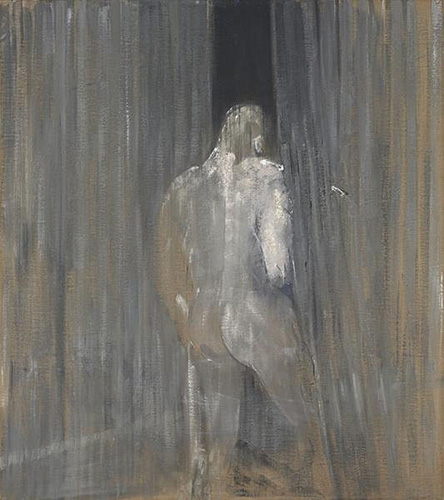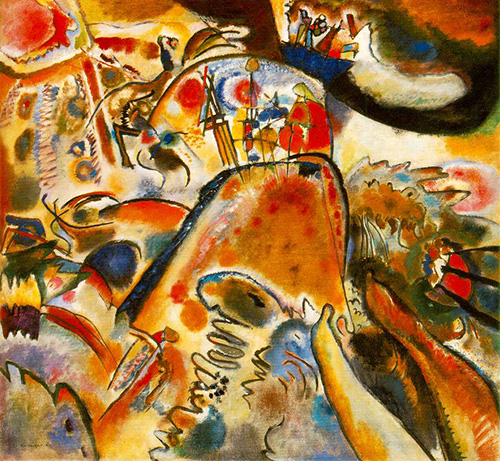
How to observe paintings – the importance of the artist individual style and technique
ArtWizard 06.07.2020
“Art is all about craftsmanship. Others can interpret craftsmanship as style if they wish. Style is what unites memory or recollection, ideology, sentiment, nostalgia, presentiment, to the way we express all that. It's not what we say but how we say it that matters.”
In order to better understand an art object, understanding what is the role played by the artist's individual style, often containing a multitude of technical approaches and variations, and the technique, thus meaning his systematic procedure by which such individual style is conveyed.
By individual style, we may denote any practice used by a particular artist that makes its work recognizable. That always includes materials and technique, but can also encompass fewer tangible features, such as colors (some artists made their unique and specific colors in all art movements – from classic art, such as the Dutch Golden Age artists (the Vermeer yellow and blue) and in modern and contemporary art (the special blue invented by Ives Kline). The subject matter also plays an important role in creating the artist's individual style (one such example is Degas and his ballerinas), as well as the way the artist approaches this subject matter.
In conceptual art, creating a style is less straight forward, as a conceptual artist might not rely on a consistent medium or material execution, but a signature can still be found in their process or the issues explored through their work.
A successful artist typically combines a recognizable signature with the skill with which they produce objects or performative displays based on that signature. This includes exhibition strategies (for example the way the installations are placed in a specific space – hanged, placed in a special order, etc..) as well as any theoretical framework that the artist might use to present the work.
Refining a technique of painting can also serve to create an artist's individual style. This can be achieved by manipulating the various properties that formulate an artwork: the harmonies of light, line, color, and space. The surface can reveal texture and highlight volume, creating contours. Colors can be warm or cool, combined together to create flesh tones or suggest a mood. Space can be shallow and cramped or deep and vast. Technical special effects are often associated with specific historical periods in art history, such as for example the translucent dewdrops in Dutch still-life paintings of the 17th century. Specific terms such as scumble and impasto describe particular effects searched by the artists.

Jan Davidsz de Heem, Still Life with Ham, Lobster and Fruit, c.1653
The style and technique combined, create what we understand as an artist trademark and context and also influence the way we see their artworks – the Impressionists seem tame today, but in their time, cause an uproar with their, now familiar, bright colored and loosely painted canvases. Famously referred to as the artist who created “the camembert of time”, with his bendy rubber watches, Dali had his own artistic brand before Andy Warhol even taught about such thing, painting astonishing scenarios, where every nook and cranny leads us into other dimensions, forms, stories, and characters.

Salvador Dali, Apparition of Face and Fruit Dish on a Beach, 1939
Dali’s ability to paint an exact likeness of reality seduces and transfixes the viewer with wonder and admiration. A flamboyant figure, he epitomizes the artist as a magician, using formal traditional compositions to relay the fantastical, the nonsensical, and the bizarre with spacey colors preposterous details.
Francis Bacon concentrated on the figure within delineated frameworks, creating a structure as recognizable Mondrian’s colored geometric abstraction.

Piet Mondrian, Painting Number 9, 1939-1942
The style of Mondrian typically involves a trinity of primary colors, divided by black bars. It is the strict composition coupled with the variety of sizes of the component parts that imbues these works with individual character. The artist juggles the spaces, balancing them to suggest rhythm and tension.

Francis Bacon, Study from the human body, 1949
Dragging fine paint onto plain linen suggests transparent curtains. Bacon manipulates our imagination: is this a showering or a departing figure? The buttock and ear are clearly defined. Black shadowing above the head contrasts with the impastoed white right arm, fixing our focus.

Wassily Kandinsky, Small pleasures, 1913
Wagner’s deconstruction of the sonata influenced Kandinsky whose painterly equivalent was swirling patches of energetic color – here refined, there with added blobs of contrasting paint, suggesting the vibrations of orchestral sounds. Tints heighten aspects of the compositional flurry, contrasting with the pure black employed as a vivid calligraphic line.
Thus, it is very important for an artist to have a recognizable style, no matter what genre of art they work in, and there are two reasons for this. First, an artist needs to choose a style so that they can commit to an area of art and explore it very deeply and over a long period of time. No other approach allows an artist to mature and develop in the same way due to the discipline and focus this involves. That makes an artist recognizable in the eyes of the art spectators and thus creates a special perception among the art lovers and art collectors towards his specific and unique artistic style. In some cases, the artists made their unique symbolic marks in their works, and that will be discussed in our next article.
